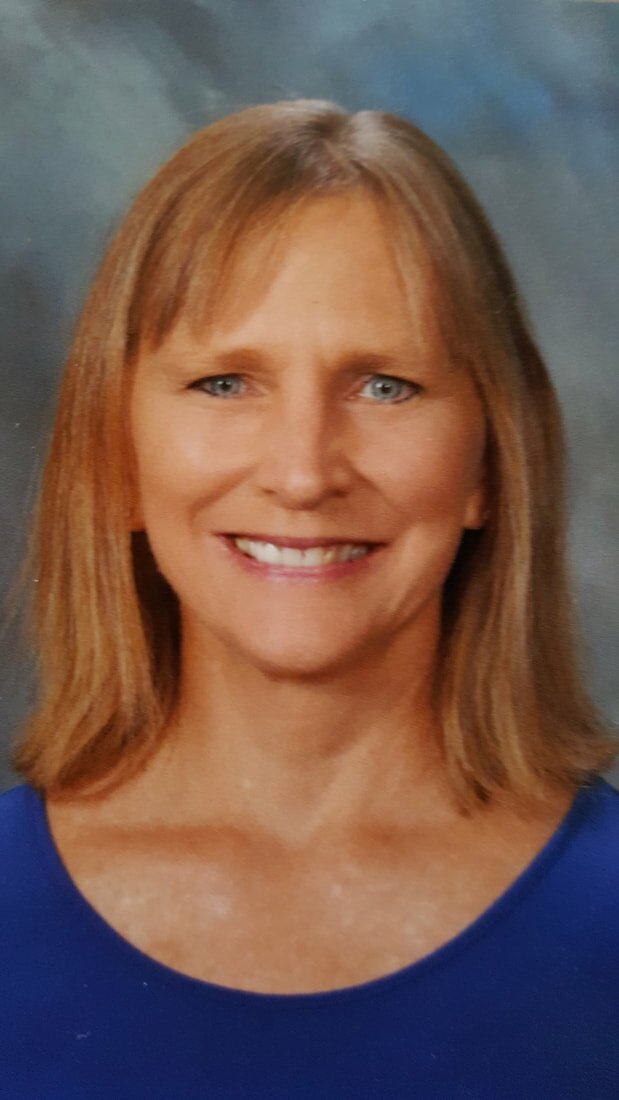|
Not long ago, I attended the dedication of a bench and little library at a near-by college campus. Members of a university club, focused on diversity and inclusion, spearheaded the project. As I listened to each speaker extol the benefits of diversity and inclusion in our society, I couldn’t help but reflect on how the standardization practices we have so willingly adopted in education, and other social arenas, extinguish the former.
This experience reminded me of a quote by Former President, Jimmy Carter, “We have become not a melting pot but a beautiful mosaic. Different people, different beliefs, different yearnings, different hopes, different dreams.” Because each one of us is unique, it is imperative that our educational system reflects this reality. Currently, it does not. The system values the “melting” of the myriad of possibilities into narrowly defined linguistic and mathematical skills. What about the multitude of other skills? What about the multicolored, multidimensional mosaic bits? If as humans we are to develop into the best versions of ourselves, how can we do so if we are schooled into standardized molds?
School systems have evolved to become more efficient and to ensure accountability through standardization. Both practices harm children by stamping out diversity and individuality. Recently, a person whom I greatly respect, questioned a comment I made regarding school practices harming students, implying that my comment was an exaggeration. Since then, I have reflected further on this idea. Although I believe many of our practices harm children, for this post I will focus on the practice of standardization.
First, humans aren’t meant to be standardized. We are each unique with various talents, skills, experiences, interests, values, and beliefs. Our society depends on such diversity. Yet, in our efficiency and accountability efforts we have prioritized a need to measure progress. How do you measure experiences, or values, or interests? How do you measure true learning, a naturally occurring phenomenon? You can’t, which presents an accountability problem. So instead, we measure what is easy and relatively inexpensive to measure. In elementary grades this is reading and math. To the average person this may seem benign, but as a teacher in the classroom with real, diverse human beings, I have witnessed, and even contributed, to inflicting harm. 
Here are some actual examples. In order for tests to be “standardized” teachers prepare and proctor tests according to rigid directions. Teachers are not allowed to explain/expand upon anything that is not on the script. If a student does not understand a word in the directions, a teacher cannot reword it so that the student may gain insight because students in another district or state would not have that same accommodation. Imagine being 9-year-old Billy (not actual name) who truly wants to perform well on this test but doesn’t know what to do. Imagine being me, Billy’s teacher, when he says, “Can you please, please just tell me what this word means?” and having to say, “Just do your best.”
Picture Carly (not actual name) saying, “I don’t know what to do,” and me responding, “Just do your best.”
“But, I don’t want to fail 4th grade,” she replies as tears stream down her face.
As adults, we know that these tests aren’t about passing or failing a grade, yet. Even though teachers assure students that the purpose of the test isn’t to make pass/fail determinations, we can’t control what goes on in their minds when the pressure of performing well manifests itself in a myriad of ways. 
Standard classroom assessments also harm students. They disguise themselves as objective and free of human error, but in reality, humans (often far-removed from students) create these assessments. They are rife with errors and alignment problems, yet regularly go unquestioned. Many questions confuse children by using unfamiliar vocabulary or requesting a superlative, for example, “What is the best answer?” Often the test creator’s “best” answer isn’t the same as the student’s “best” answer. Guess whose “best” wins out? No child’s self-esteem or self-efficacy should rest on being able to answer biased questions.
Learning is complex and contextual. In real life, when I am learning something, I ask questions, look things up on my phone and discuss it with others. My learning evolves and expands in a dynamic and nonlinear fashion. There is no standardized way of determining what I have learned. Standardized assessments can typically only capture one dimension of a multidimensional learning experience. Children often aren’t developmentally able to reduce true learning to meaningless parts. So, when they are asked test questions out of context and with no anchor to the real world, of course they struggle. And if they don’t, it begs the question of how much time has been diverted from enriching, personal learning to meaningless, melting-pot, information regurgitation.
1 Comment
|
AuthorHi, I'm Carolyn! I have a passion for teaching and a calling to change the system of education. Join me in my journey. ArchivesMay 2019 Categories RSS Feed RSS Feed
|
Powered by  Create your own unique website with customizable templates.
Create your own unique website with customizable templates.
 Create your own unique website with customizable templates.
Create your own unique website with customizable templates.


